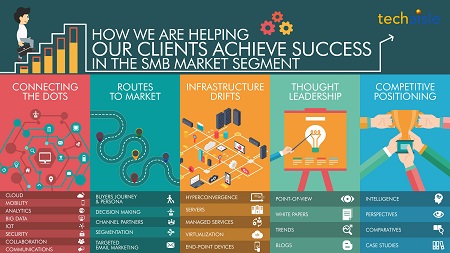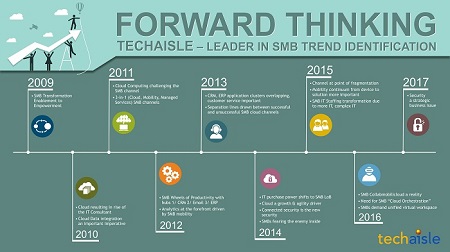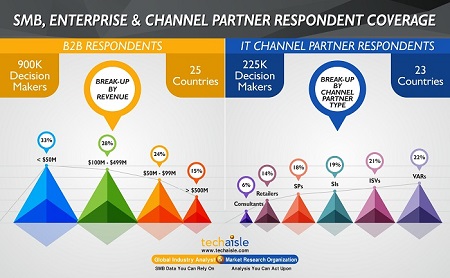The ‘bring your own device’ (BYOD) trend has its roots in two significant events that challenged corporate IT behavior. The first was the “Great Recession” of 2008-2009. The recession affected the entire economy, and IT was not spared its shadow. One key result of the recession was the interruption of regular refresh cycles. Prior to the recession, many businesses replaced endpoint devices (then, almost exclusively PCs) on a regular cycle – e.g., one third of devices would be refreshed every year, and the devices themselves would be used for three years, dividing the capital cost of keeping endpoint technology up-to-date across multiple annual budgets. The cash crunch that hit most businesses in the recession prompted many to forego refresh cycles, replacing individual units only when they failed. This approach did conserve scarce resources during the downturn, but when stability returned to the economy, CIOs realized that a large proportion of corporate endpoints were due for replacement – and CFOs realized that they lacked the CAPEX funds needed to refresh the entire endpoint fleet.
At the same time, another trend – Consumerization – was sweeping through the IT industry.














